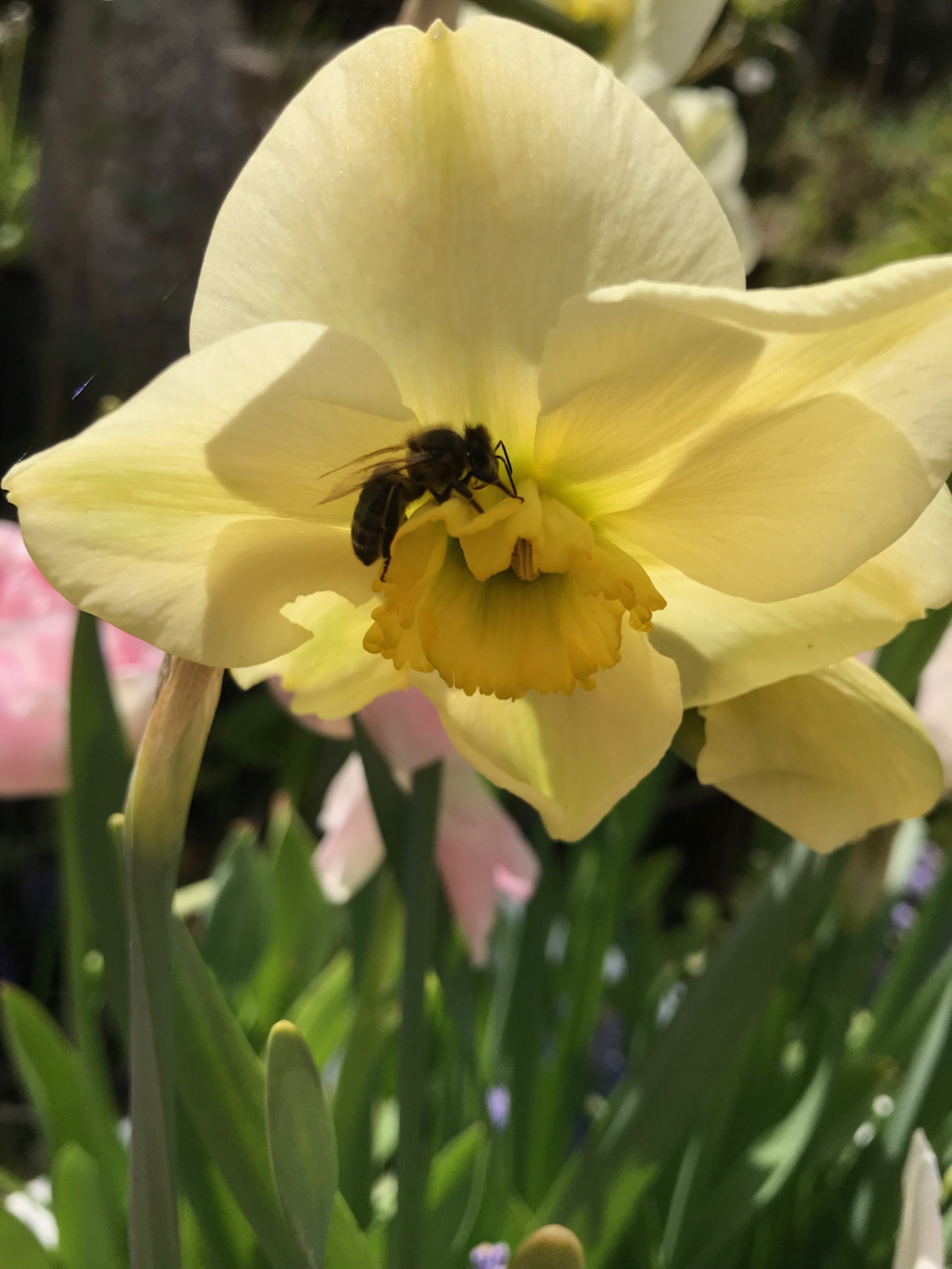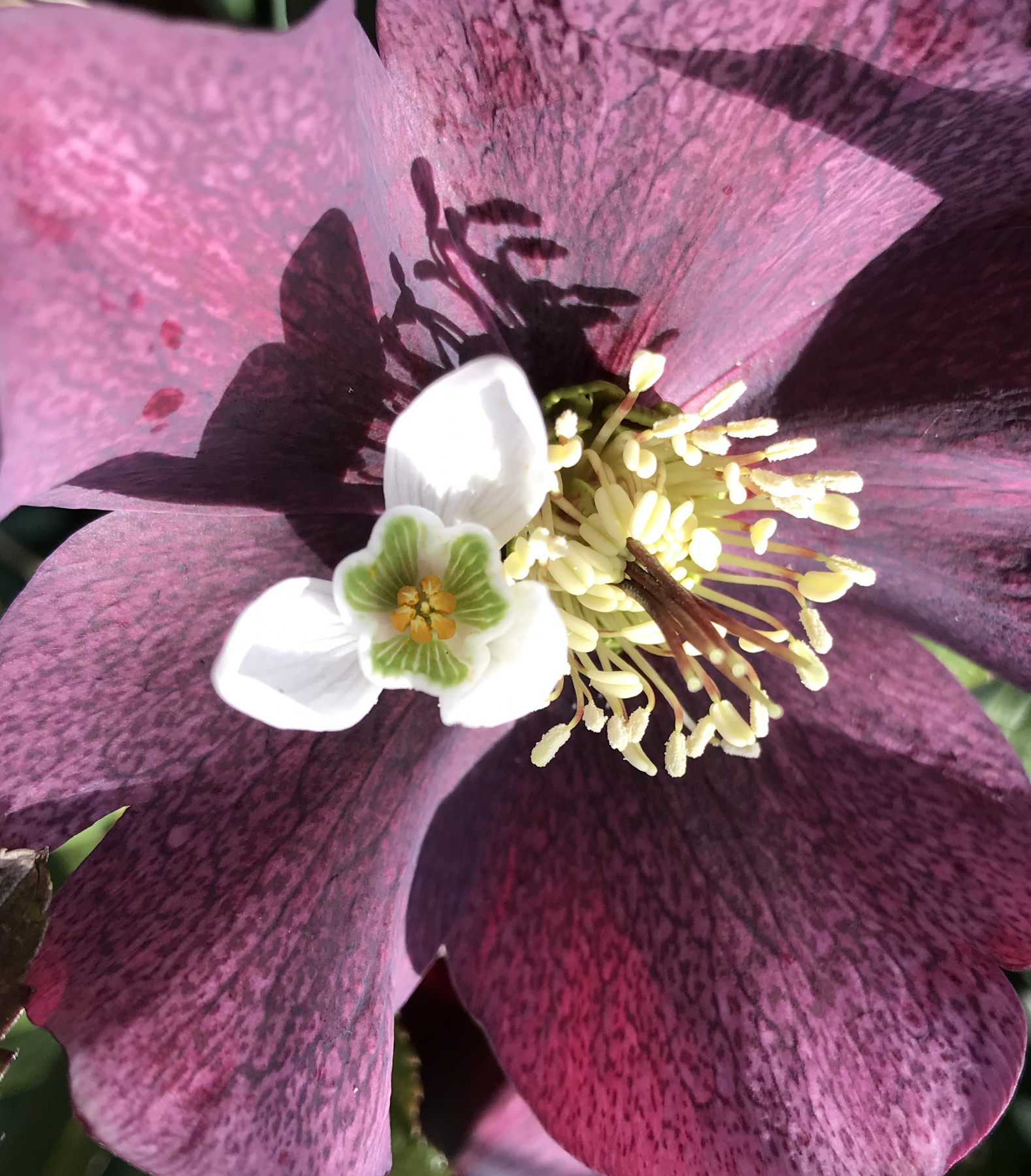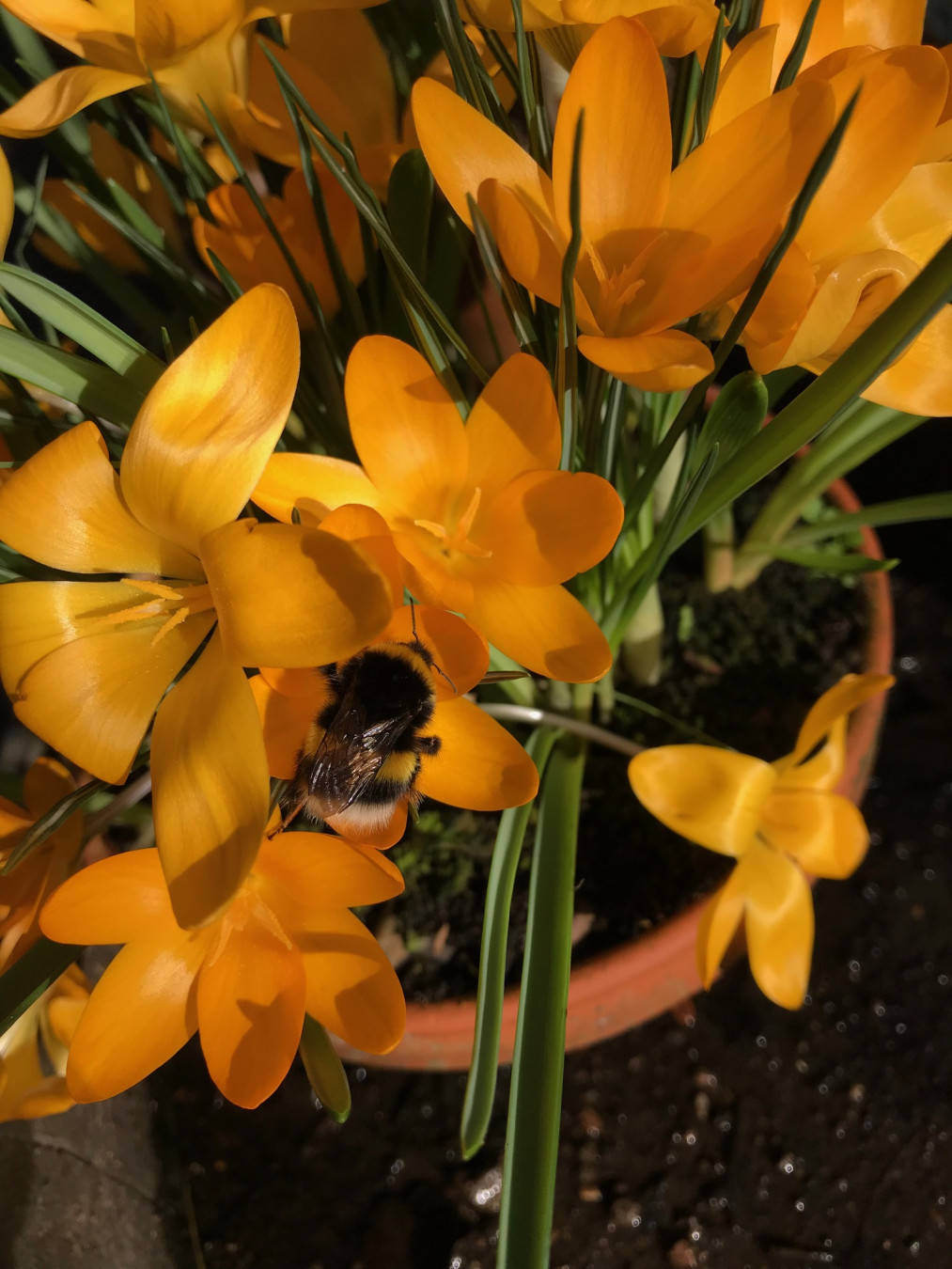
Helping pollinators is a bit of a buzz phrase at the moment, but even in the midst of winter you can find ways to use your greenhouse to help them.
You might think that in the middle of winter there wasn’t much you can do to help pollinators, but you would be wrong.
Our greenhouses extend the seasons and bridge the gap between autumn and spring, when the weather is at its coldest and the garden is virtually asleep. That means we can use the slightly warmer environment inside the greenhouse to get things growing earlier.
One of the biggest challenges for our pollinators is that when they emerge in spring, or during a warm winter spell they need nectar and pollen quickly. You might have a few winter flowering shrubs that will be in bloom to help, but there are lots of other things you can do to help.
Bring on the bulbs

Have you got some pots of bulbs that you can bring into the greenhouse right now? Or maybe you’ve bought some in an end of season sale. It’s not too late to plant them now, don’t try and save them until next autumn, get them planted. Protect tulips and crocus from hungry squirrels and voles by sprinkling them with chilli flakes when you plant, they don’t like spicy food and will look elsewhere for their supper.
Growing bulbs in lots of smaller pots of bulbs is great idea. Then you can stagger their flowering by forcing some into flower now and leaving the others outside for a fortnight before bringing them into the greenhouse to force them into flower. The important thing to remember is to get them outside when the flowers are ready to open.
Bulbs like snowdrops, crocus, grape hyacinths, species tulips and dwarf narcissi are perfect for small pots and you can move them around so you can create a splash of colour. Put them somewhere you can see them from the house so you get to enjoy them too.
Larger bulbs such as tulips, hyacinths and daffodils can also be brought on inside the greenhouse but will need larger pots. Bulbs are a great investment because most of them will bulk up and flower year after year, providing not just a beautiful garden display but also a source of early spring food for our precious pollinators.
Spring bedding

There are some very important bedding plants that are in flower in early spring. Some of these you might already have growing in your garden, like primroses, primulas, cowslips and daisies. These are important plants for early emerging bees and pollinators especially those with long proboscis like the bee flies, some of the solitary bees and also bumblebees. In most places garden centres are still open and considered to be essential outlets. If you are able to support them and visit to buy some spring bedding plants then you can increase the plants supporting the early emerging pollinators and plant a spring display too. Put some in the greenhouse in case of bad weather and the rest outside and swap them around so that there are always fresh flowers outside. Remember to keep your plants watered for the best results. Plants need water to make nectar.
Spring Perennials
There are a few garden stalwarts when it comes to spring flowering perennials. Some of the best garden plants for pollinators are the lungworts and the hellebores. These are incredibly powerful ways to help emerging pollinators because they are very rich in pollen and nectar. Hellebores with their lovely nodding flowers are virtual umbrellas sheltering insects as they feed, but research from the University of Bristol has found that one hellebore flower has the same amount of nectar as 157 snowdrops! So if you’ve only got a small garden then plant a few hellebores, or even just one in a pot will make a difference. In the same way that you can force bulbs into flower a bit earlier, you can do the same with potted perennials. Look out for self-seeded hellebores that you could pot up and grow on in the greenhouse. Put them outside as they start to flower. For other perennials, dig up a clump and divide it into a few pieces, replant some outside, but pot a few up so that you can bring them on in the greenhouse. Then as they are about to flower put them outside in the garden for the emerging pollinators.
Starting with seeds

It’s not too early to think about sowing some seeds and after last season, it’s a good idea to ensure you’ve got the seeds of the things you want to grow. Even with a greenhouse there is a limit to what you can sow and grow now unless you are sowing with heat, but honestly for those plants it’s much better to wait a few weeks until the weather warms up a bit. But right now you can sow some things for pollinators like broadbeans, sweet peas and peas. These are hardy so you don’t need to worry about protecting them from frost. Sow them in pots or modules in peat free compost.


